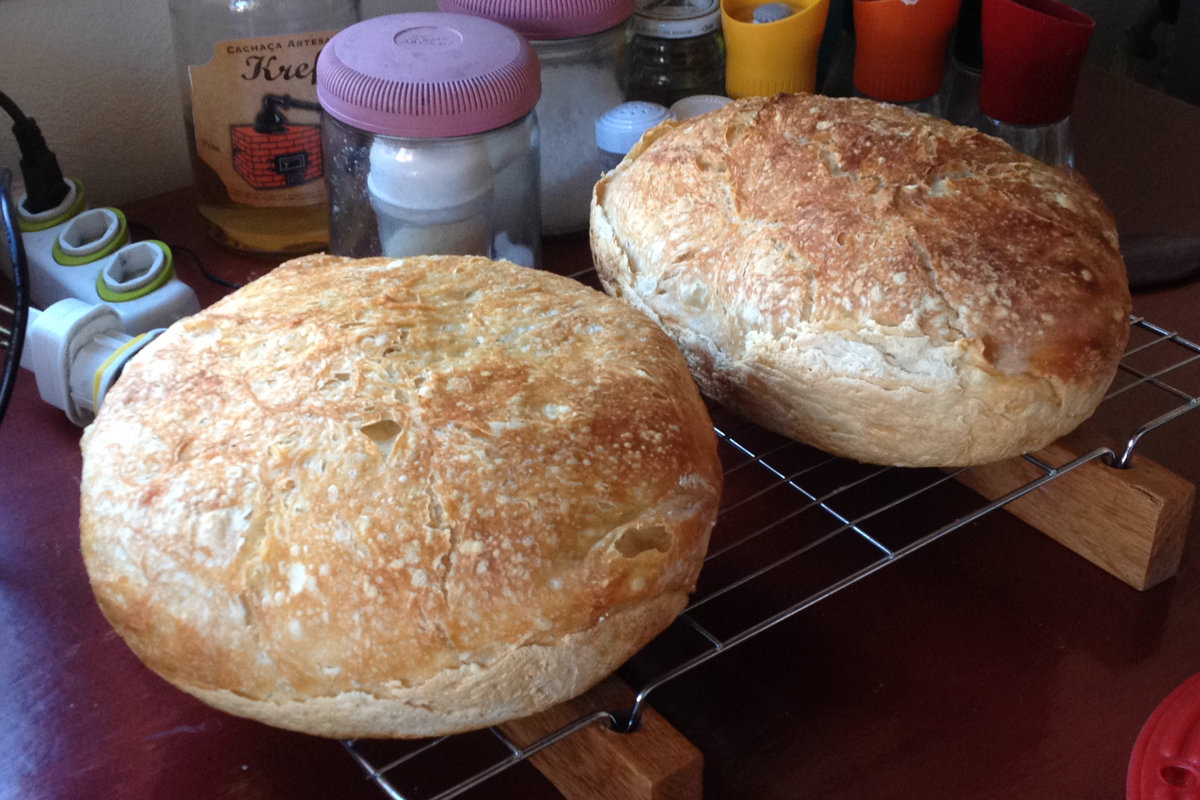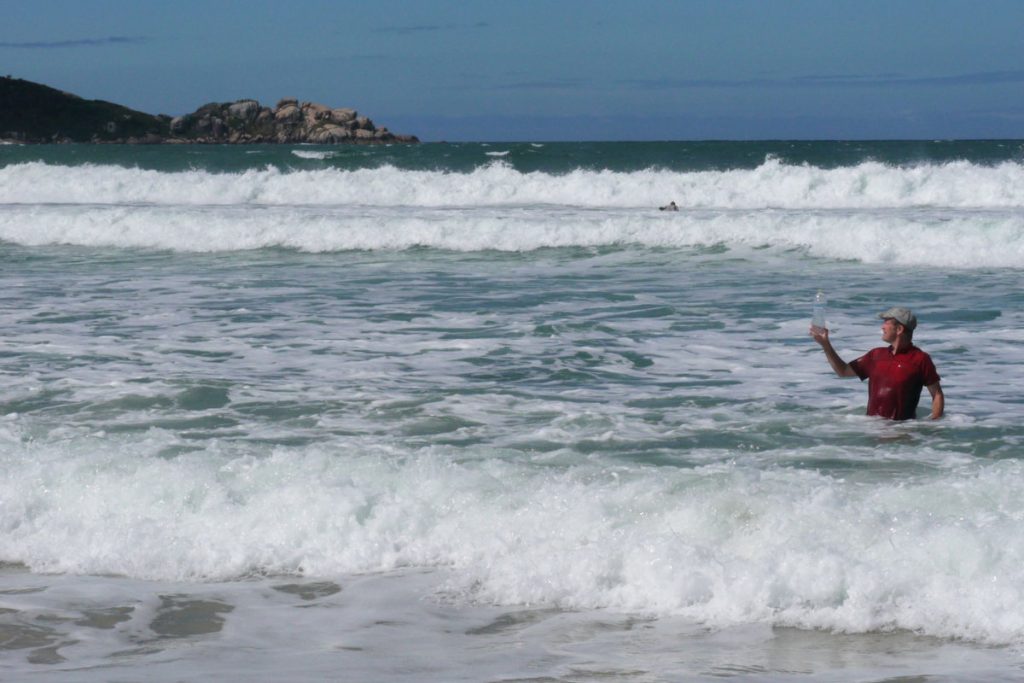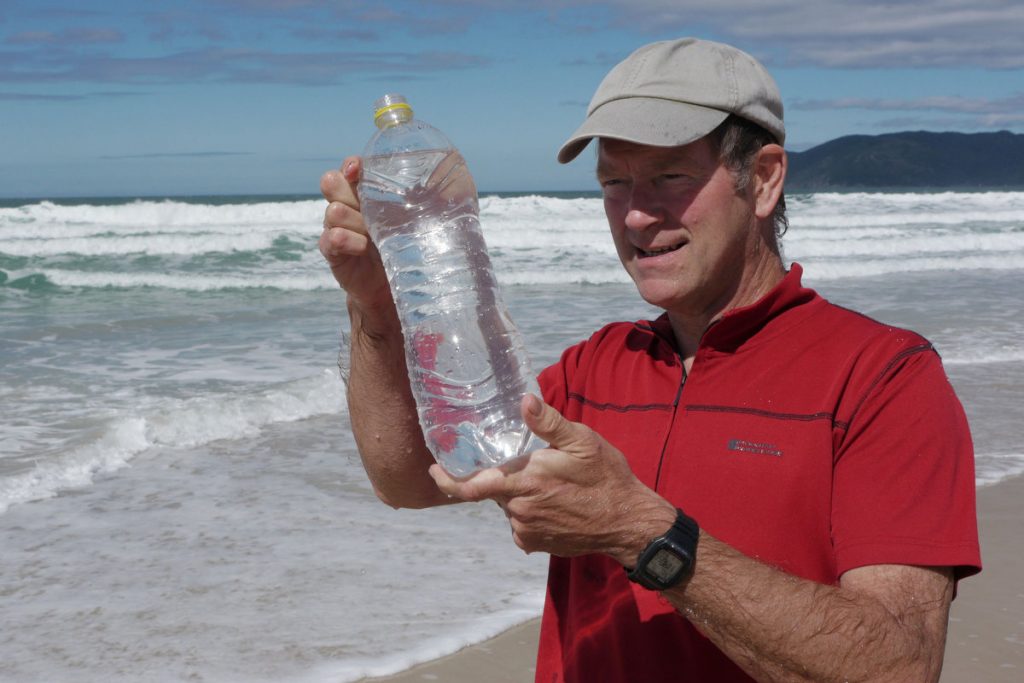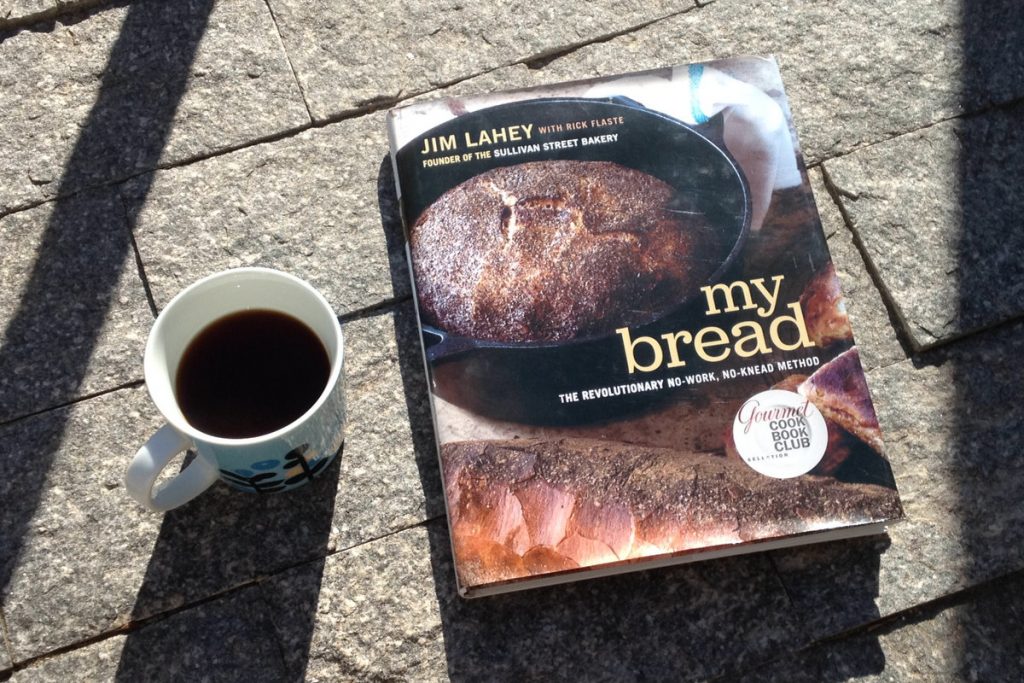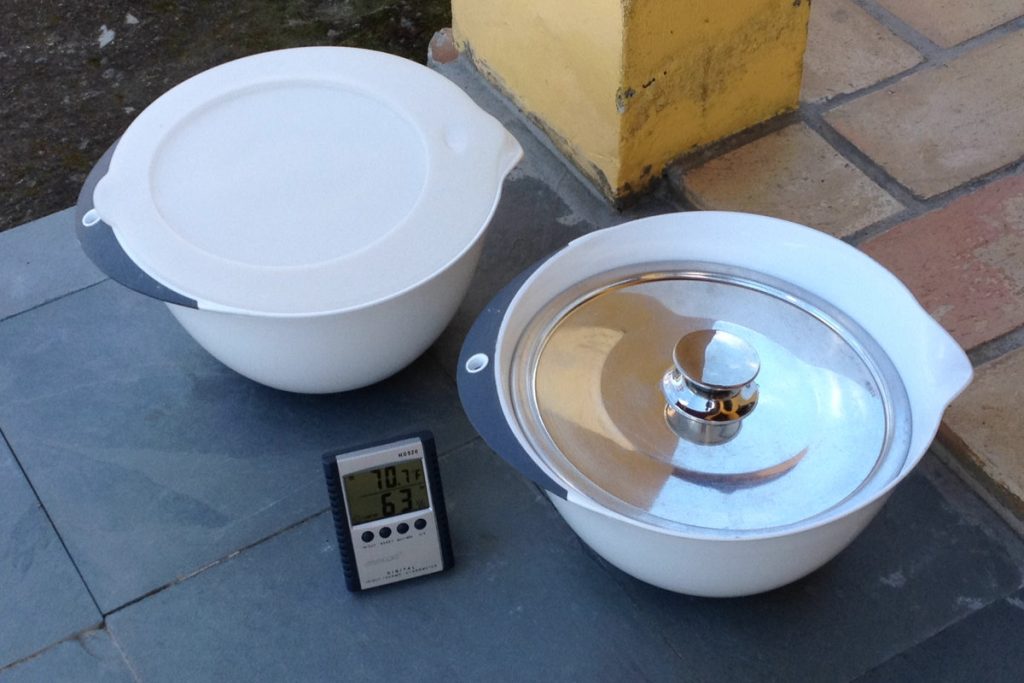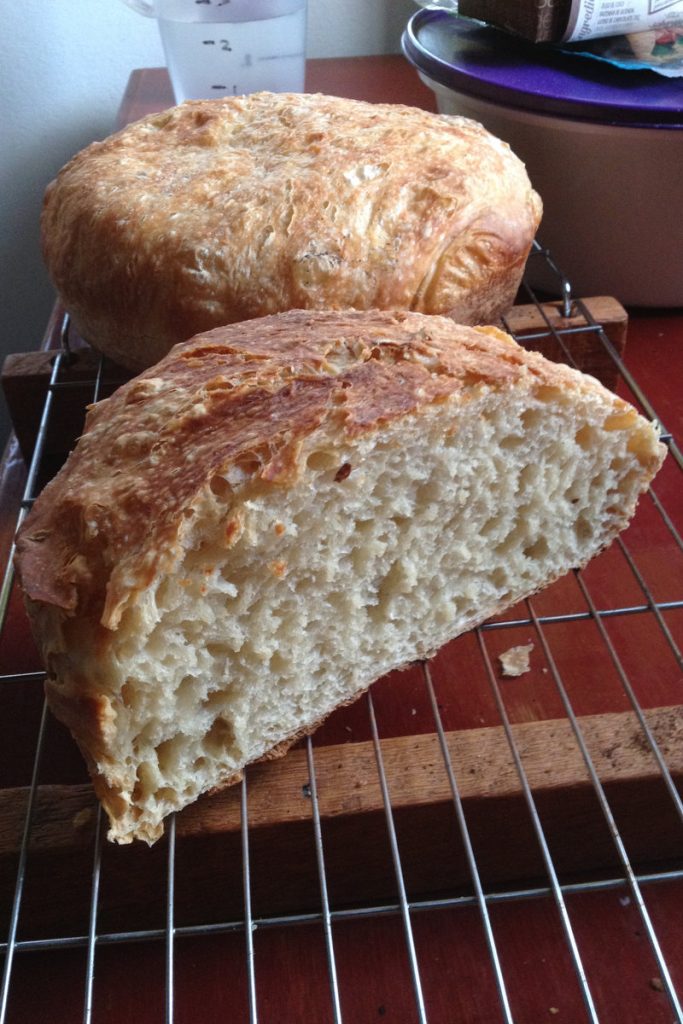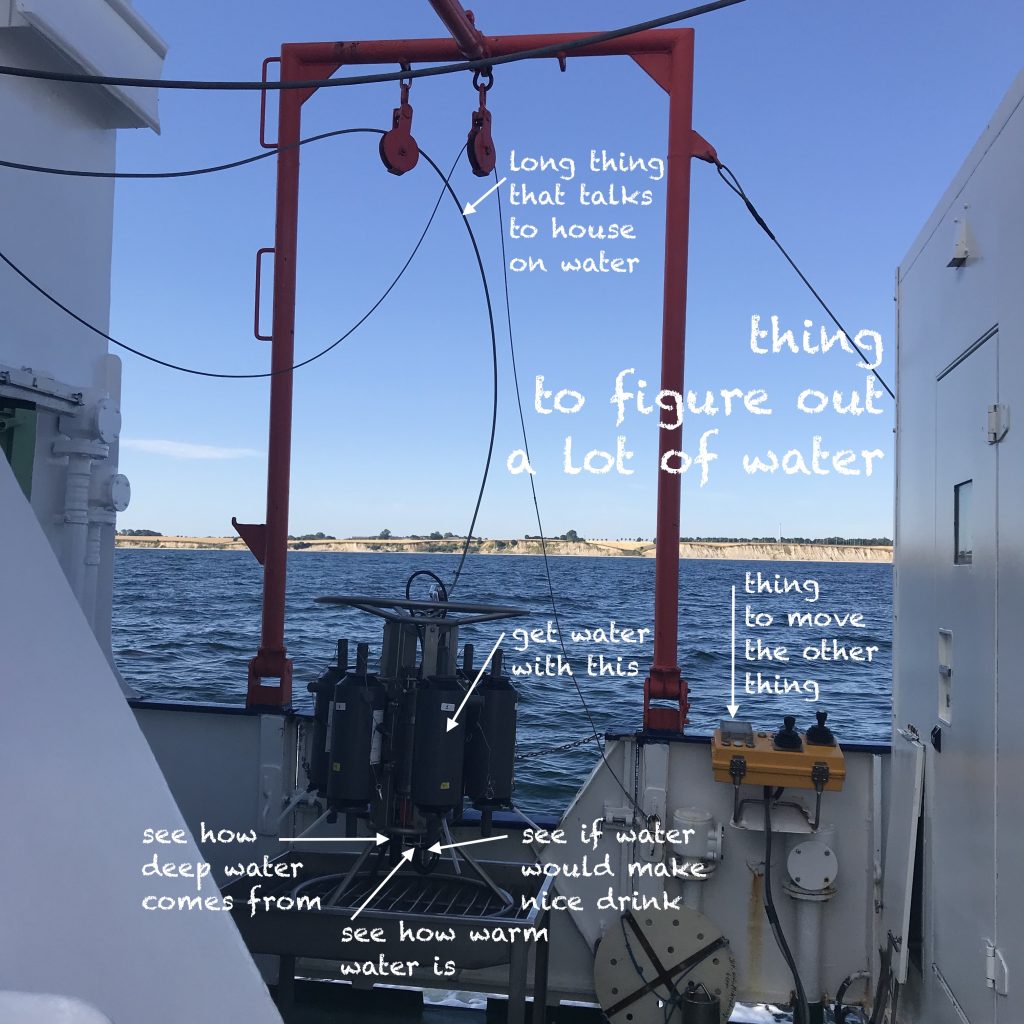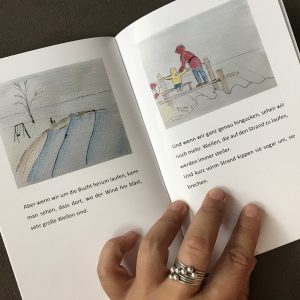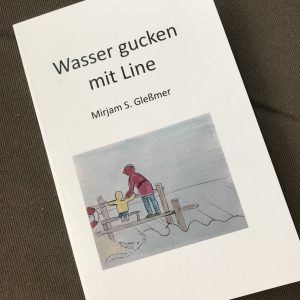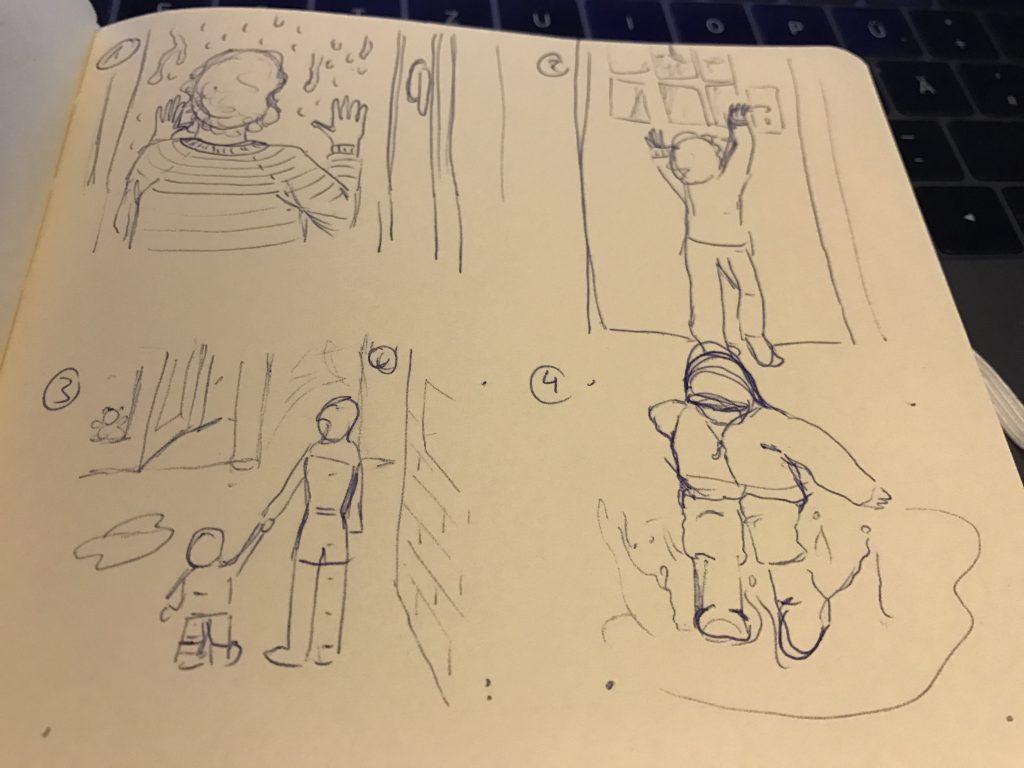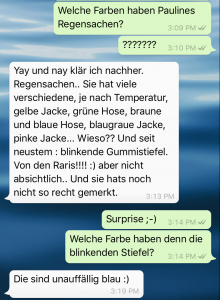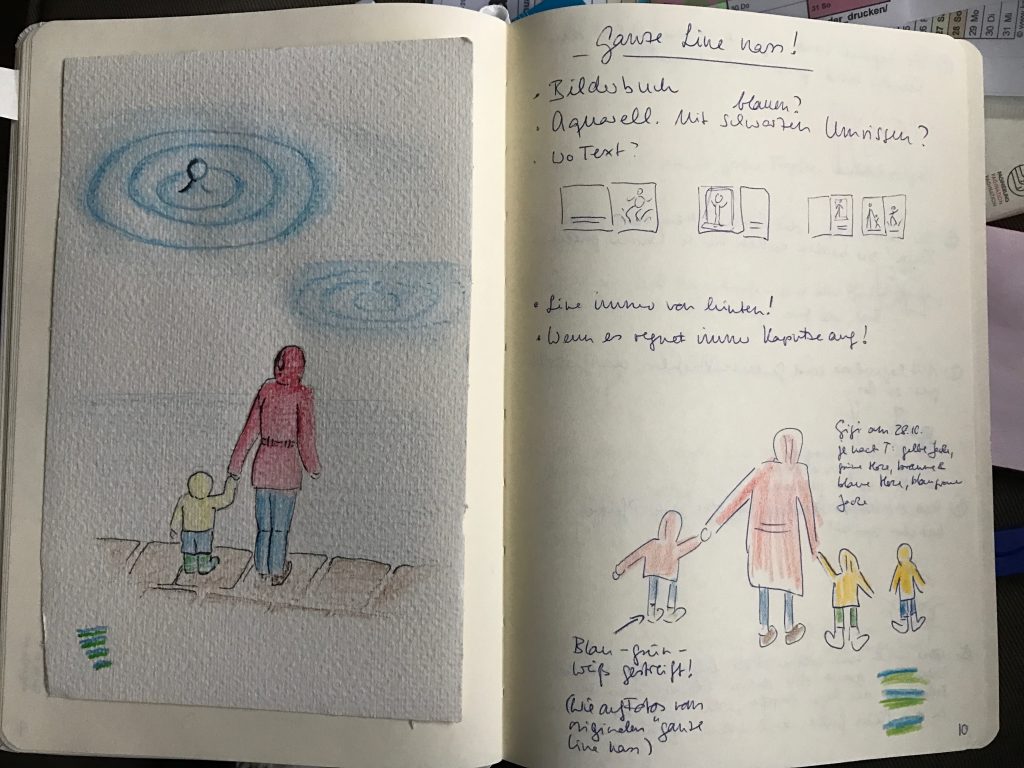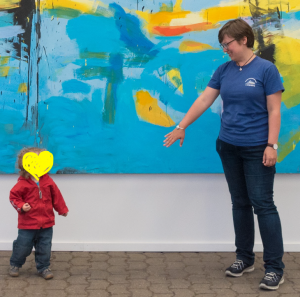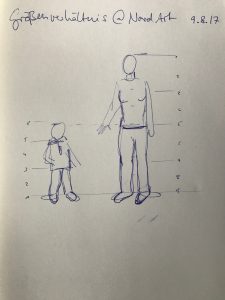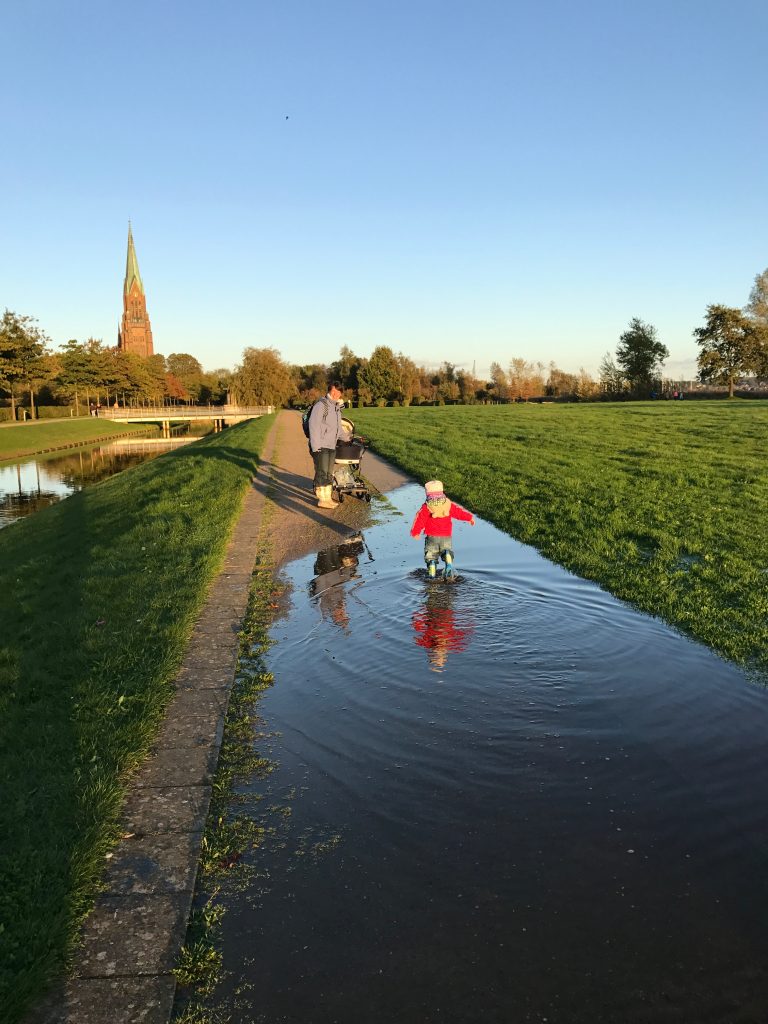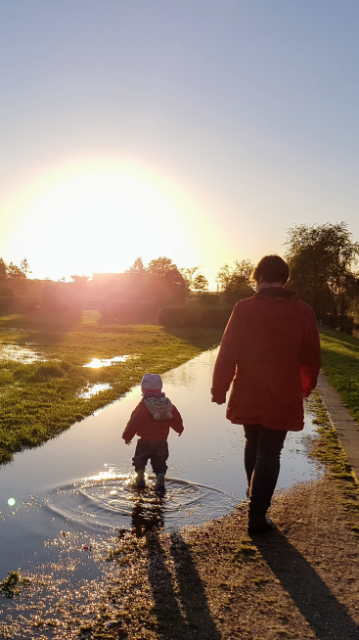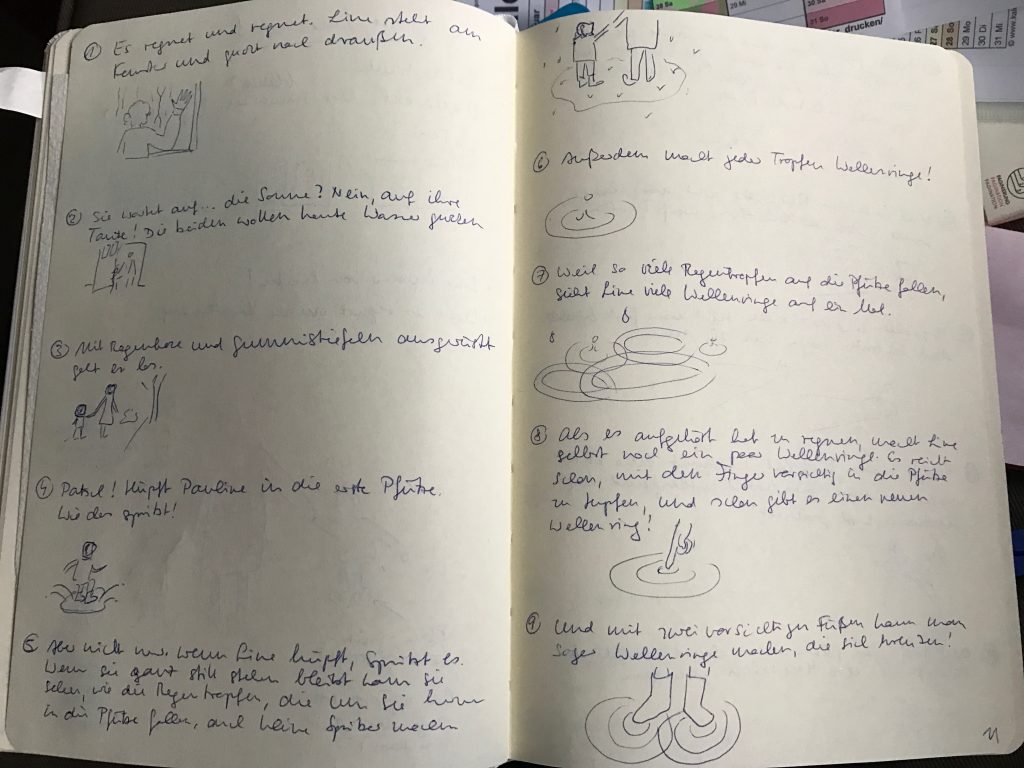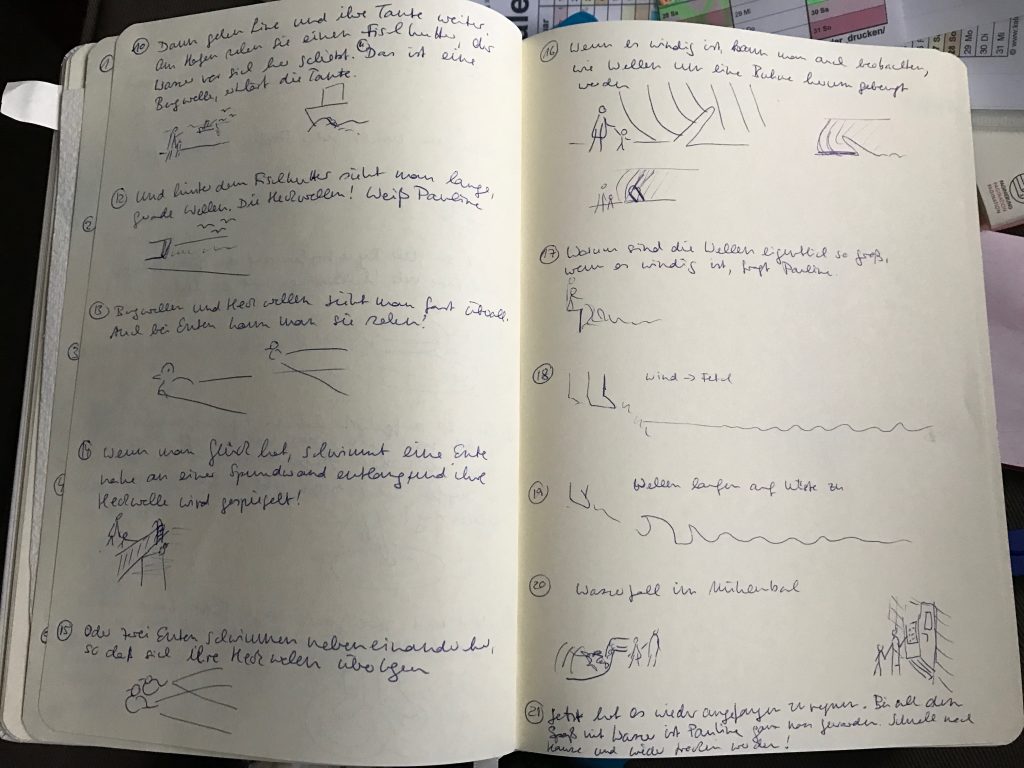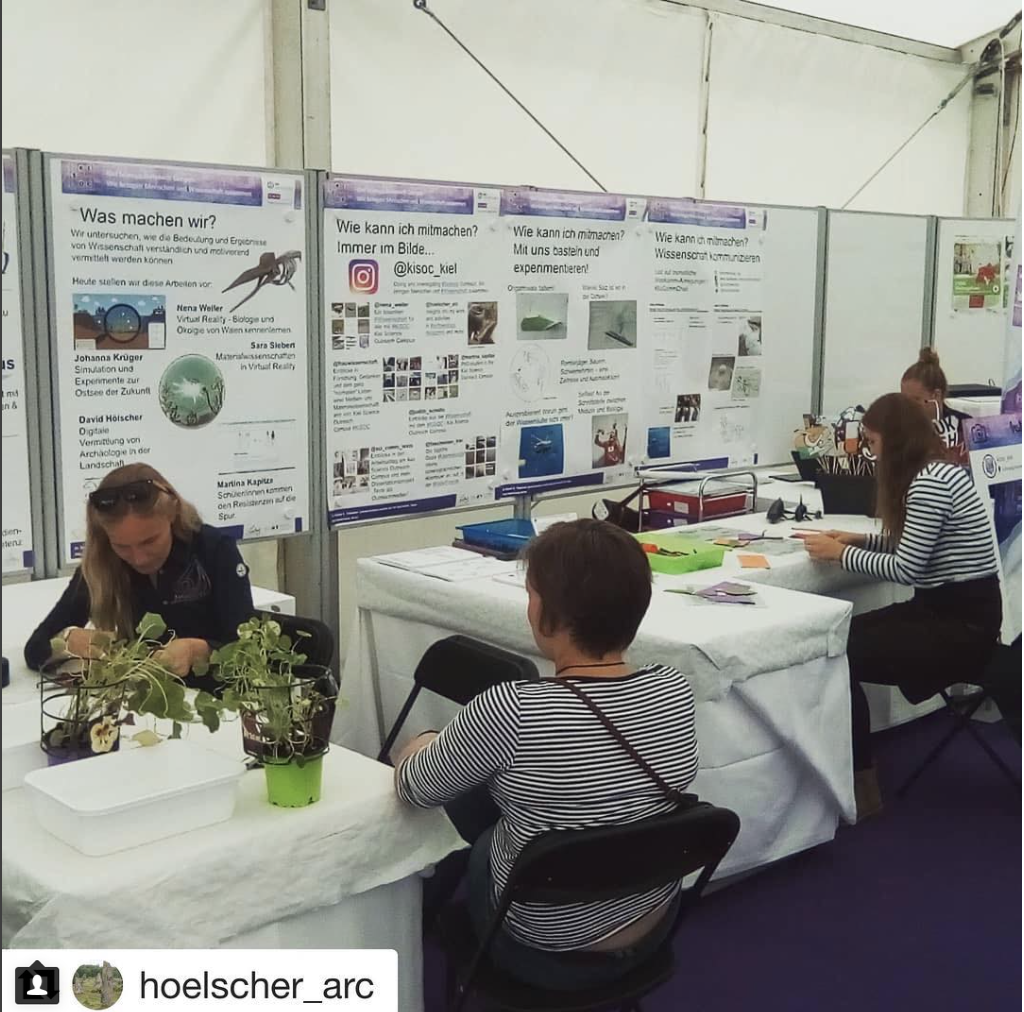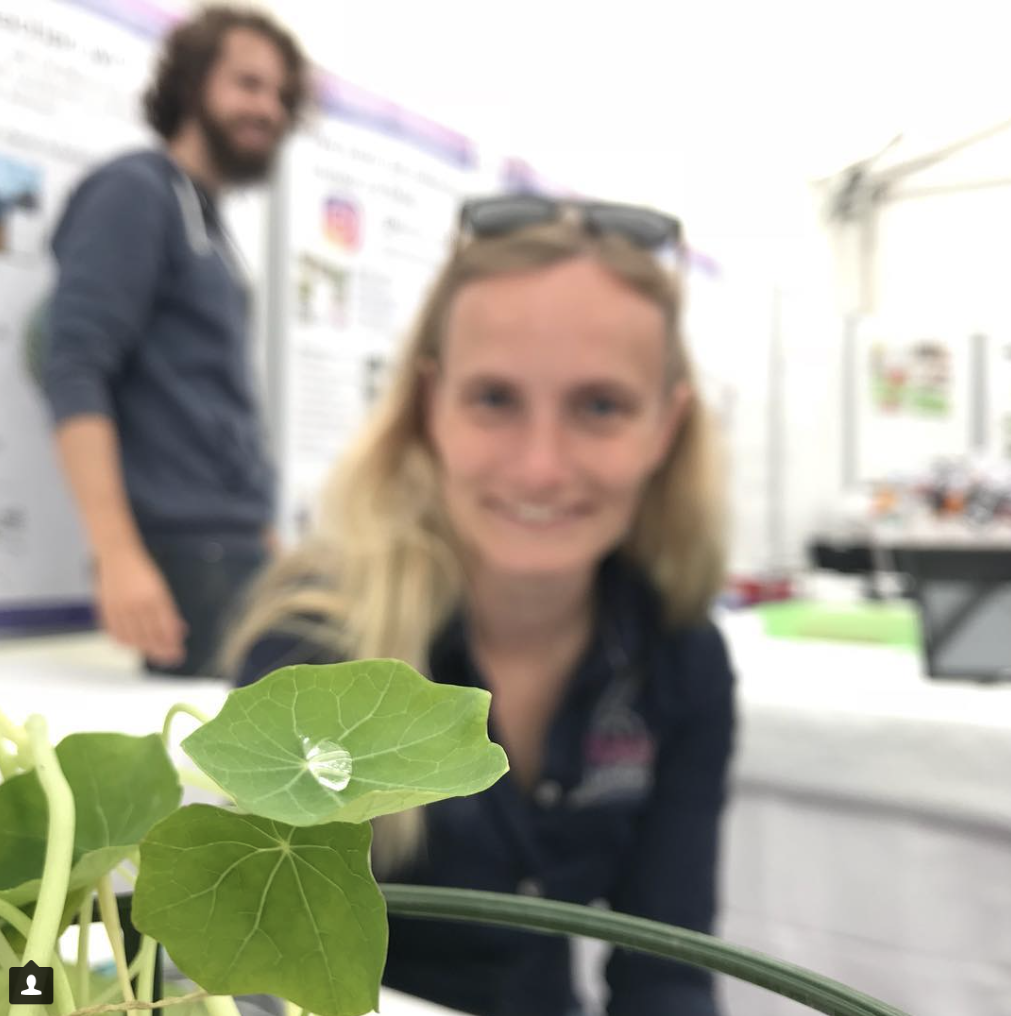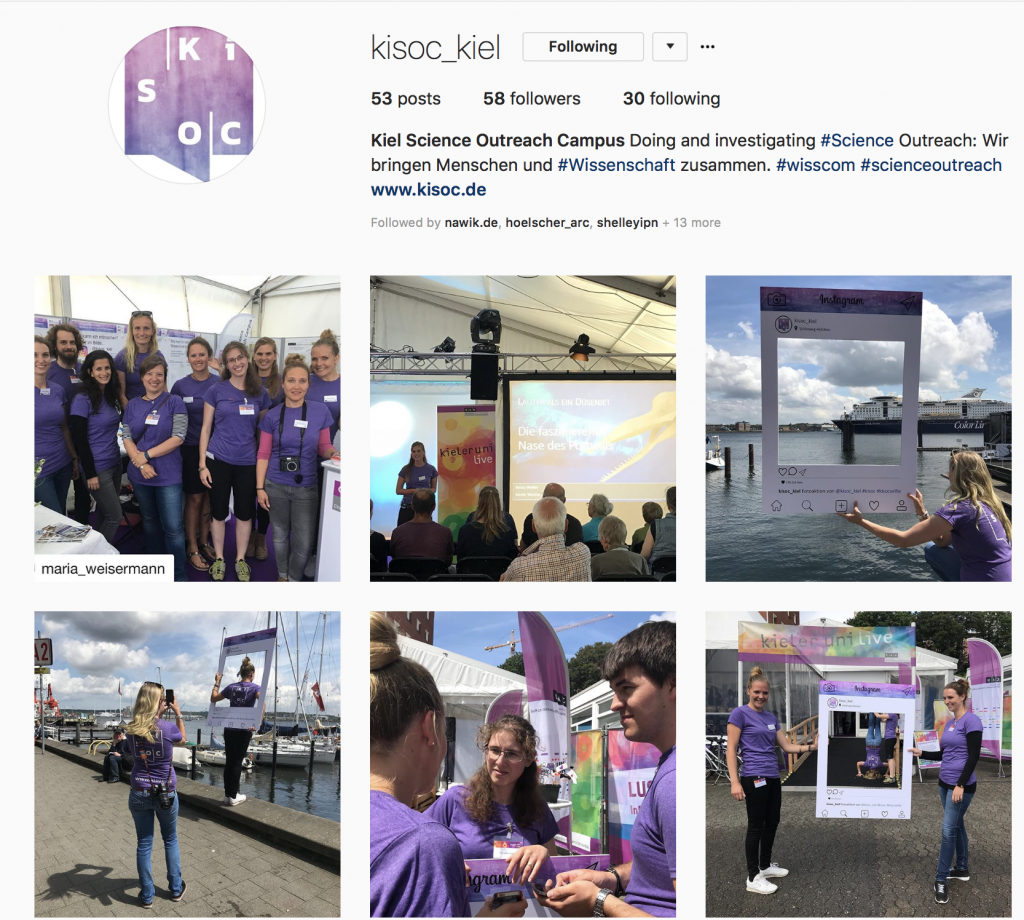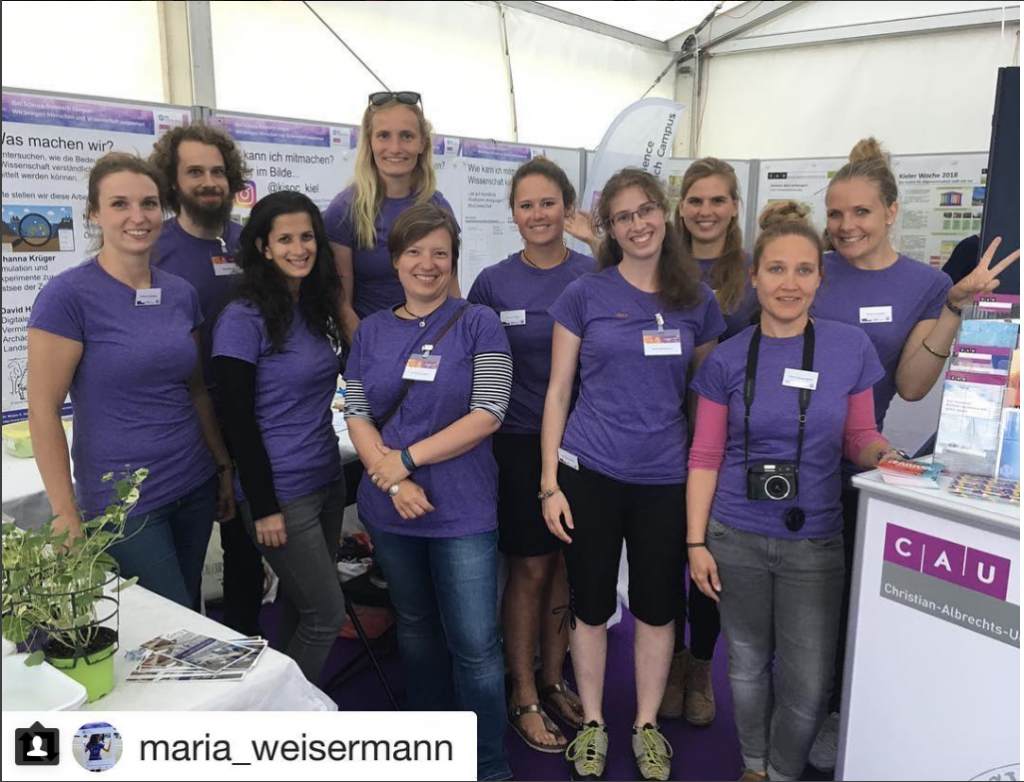I recently gave an interview on my current pet project, #scicommchall. The interview was done by Anne Weißschädel, and published on THE German website on science communication research and practice, wissenschaftskommunikation.de. Quite an honor!
I’m reprinting it here with permission:
Frau Gleßmer, für die #SciCommChall stellen Sie jeden Monat eine neue Herausforderung an Forschende, die ihre Wissenschaft kommunizieren möchten. Was ist Ihr Ziel für das Projekt?
Heutzutage müssen beinahe alle Wissenschaftlerinnen und Wissenschaftler in irgendeiner Form Wissenschaftskommunikation machen. Viele müssen daran aber erst herangeführt werden und es ist ihnen gar nicht bewusst, dass sie nicht von vorneherein auf ein bestimmtes Format oder eine bestimmte Zielgruppe festgelegt sind. Die #SciCommChall gibt einen niedrigschwelligen und spielerischen Impuls, jeden Monat ein neues Format auszuprobieren: Mein Forschungsthema in einem Bild oder meine Forschung in den 1.000 meist genutzten Wörtern. So kann man einerseits ein Format ausprobieren, auf das man vielleicht selbst nicht gekommen wäre und andererseits sehen, wie andere das Format interpretieren. Ich möchte damit spielerisch zum Austausch und Austesten anregen.
Wie sind Sie auf die Idee gekommen?
Ich habe als Ozeanografin schon früher Wissenschaftskommunikation gemacht. Dabei habe ich gemerkt, dass es Spaß macht, ab und zu mal ein neues Format auszuprobieren. Mit einem vollen Terminkalender macht man das aber nicht einfach so, ohne Anlass oder Deadline. Also habe ich mir selbst am Anfang jedes Monats ein Ziel gesetzt – zum Beispiel ein Gedicht über meine Forschung zu schreiben. Nach und nach wurden dann Freundinnen und Freunde und auch das Kollegium darauf aufmerksam und wollten mitmachen. Außerdem habe ich die Promovierenden am Kiel Science Outreach Campus (KiSOC) motiviert, sich zu beteiligen. So wächst das Netzwerk langsam. Wir freuen uns über jede und jeden, die mitmachen möchte: Einfach unseren Blog besuchen, eine E-Mail schicken oder @scicommchall auf Twitter oder Facebook folgen!
Wer macht mit und wie viele?
Das ist schwierig zu sagen, das Format ist ja noch neu und im Wachstum. Ich kriege nur mit, wenn Leute tatsächlich Produkte einreichen oder Feedback geben. Ich nehme an, dass es zusätzlich einige gibt, die sich einfach inspirieren lassen und dann vielleicht doch nichts einreichen. Unter den Einreichenden sind auch jeden Monat andere Leute. Zuerst habe ich mich stark darauf fokussiert, unsere Promovierenden zu motivieren und das Projekt dann nach und nach geöffnet.
Warum finden Sie es wichtig, dass die Promovierenden ihre Forschung kommunizieren?
Wissenschaftskommunikation ist ein Thema, das uns im KiSOC speziell am Herzen liegt. Nicht nur, weil es unser eigener Forschungsgegenstand ist, sondern auch, weil wir die Praxis verbessern und gerne mit gutem Beispiel vorangehen möchten. Pro Wissenschaftskommunikation gelten natürlich die typischen Argumente, etwa, dass wir mit öffentlichen Mitteln finanziert werden und dass gesellschaftliche Unterstützung und Teilhabe an der Forschung wünschenswert sind. Außerdem glaube ich, dass es auch der Forschung zu Gute kommt, wenn die Leute schon während der Promotion Wissenschaftskommunikation machen. Da bekommt man einen ganz anderen Blick auf das Feld. Abgesehen davon, dass es natürlich auch motiviert, wenn man Feedback von außen für seine Arbeit bekommt, und dass es Spaß bringt.
Wie ist die Resonanz aus der Community der Wissenschaftskommunikation?
Bisher gibt es nur vereinzeltes Feedback. Eine tolle Rückmeldung kam aber zum Beispiel von Sam Illingworth. Er arbeitet in Großbritannien und hat viel im Bereich Wissenschaftsgedichte gemacht. Als er dann bei uns angefragt hat, ob er eine Monatsaufgabe stellen darf, war das natürlich ein tolles Feedback. Die Oktoberchallenge kommt dann von ihm.
Haben Sie am KiSOC noch weitere Motivationsprojekte zur Wissenschaftskommunikation neben der #SciCommChall?
Ja, der Großteil unserer Promovierenden hat Instagram-Accounts, in denen es darum geht, den persönlichen Alltag in der Forschung darzustellen, und deren Highlights sammeln wir auf dem Account @kisoc_kiel. Dabei stellen wir beispielsweise vor, was wir inhaltlich machen und welche Methoden wir dafür anwenden. Das ist für uns intern ein wichtiges Projekt. Zwar haben wir noch nicht besonders viele Follower, aber wir haben es zum Beispiel geschafft, dass sich auch andere Kolleginnen und Kollegen am IPN, darunter auch eine Professorin, eigene Instagram-Accounts zugelegt haben und jetzt aktiv online Wissenschaftskommunikation machen. Der Impact ist also auf institutioneller Ebene da und wir stehen auch mit anderen Leibniz-Zentren in Kontakt, die uns einladen, um sie zu beraten. Wir erreichen so also unser eigenes Netzwerk und das ist für uns erfolgreich.
